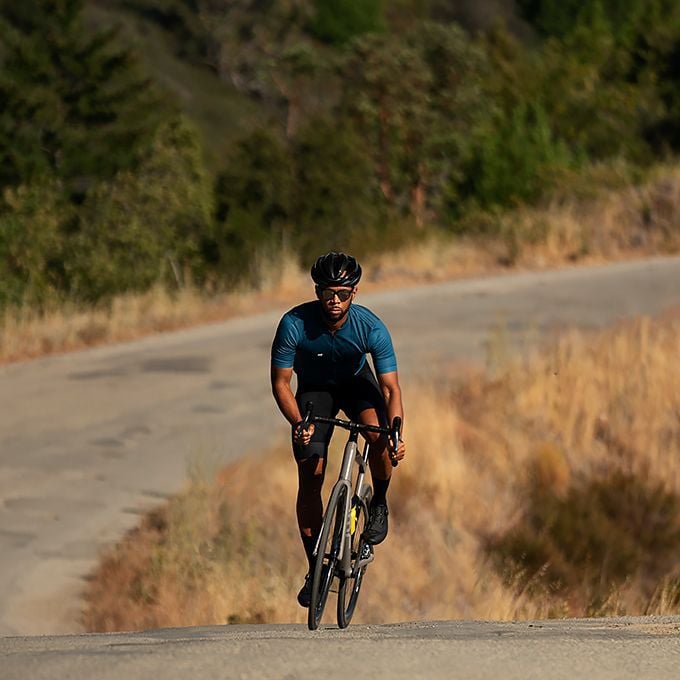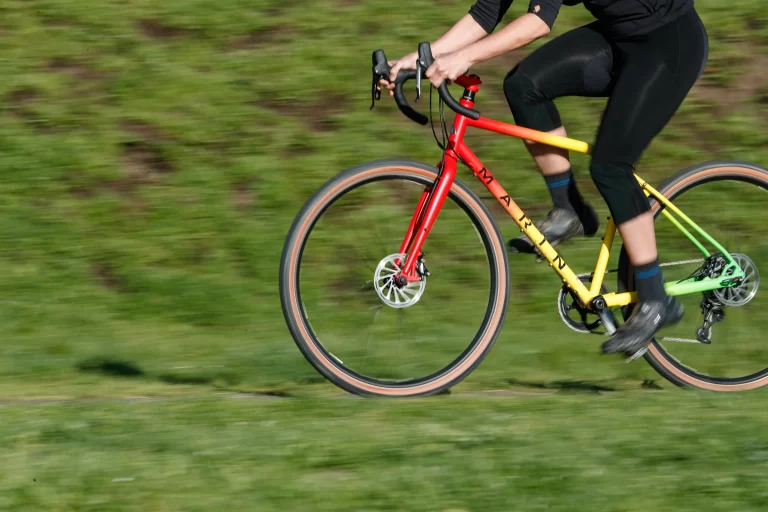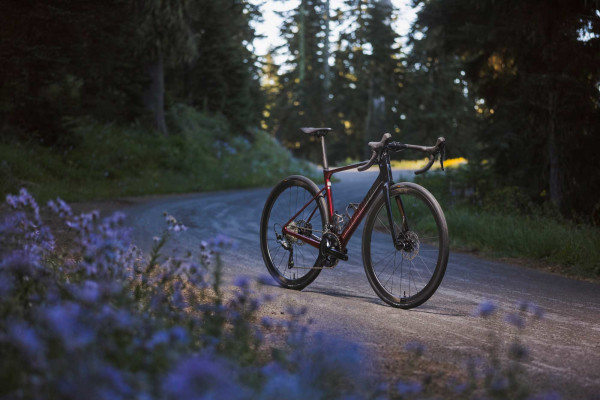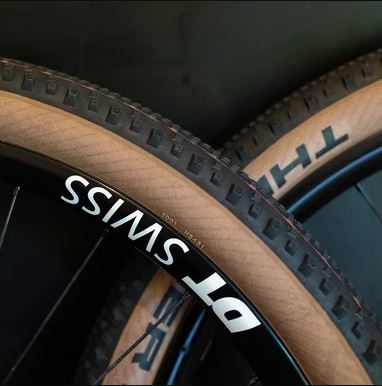Gravel Bike Wheel Durability What You Need to Know
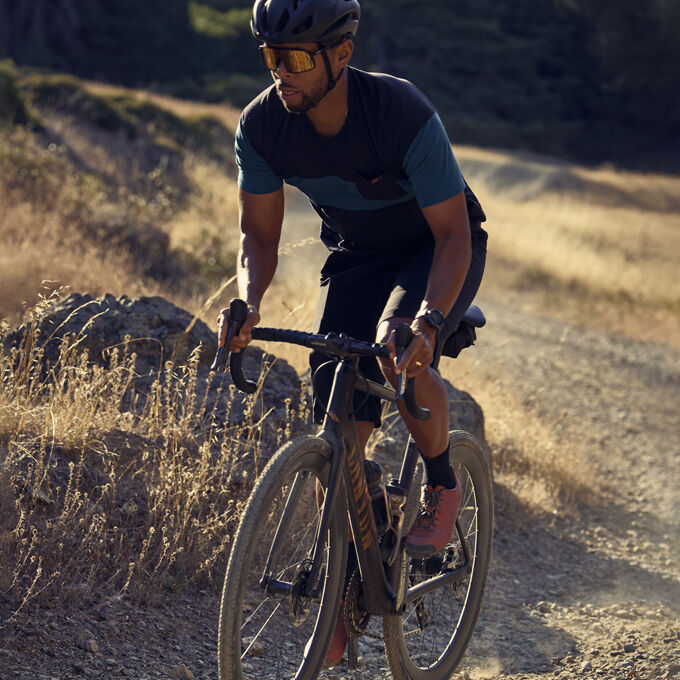
Key Point Summary of Gravel Bike Wheel Durability What You Need to Know:
- Material Matters: Aluminum and carbon are common; each offers unique benefits in durability and ride quality.
- Rim Width and Tire Compatibility: Wider rims support larger gravel tires, enhancing comfort and reducing punctures.
- Spoke Count and Configuration: More spokes typically mean a stronger, more durable wheel, but with a slight weight penalty.
- Hub Quality and Maintenance: High-quality hubs ensure longevity and smooth rolling. Regular maintenance is crucial.
- Impact of Tubeless Setup: Tubeless tires can improve durability by reducing punctures and allowing for lower tire pressures.
As someone deeply embedded in the cycling world, having raced and ridden across various disciplines from mountain biking to cyclocross, I’ve developed a keen insight into what makes a bike component stand out, especially when it comes to the beating heart of any bike: its wheels. Gravel biking, a discipline that demands as much from the rider as it does from the equipment, puts a particular emphasis on the durability of its wheels. Let me share what I’ve learned through countless rides, races, and the inevitable trial and error that comes with pushing gear to its limits.
Understanding Wheel Materials
The choice between aluminum and carbon for gravel wheels is more than just a matter of budget. Aluminum offers a blend of durability and cost-effectiveness, making it a popular choice for riders who prioritize robustness and repairability.
Carbon, on the other hand, excels in its ability to combine light weight with high strength, offering superior ride quality and shock absorption on rough gravel paths. However, it’s worth noting that modern advancements in carbon technology have significantly improved its durability, challenging the notion that carbon wheels are too fragile for the rigors of gravel riding.
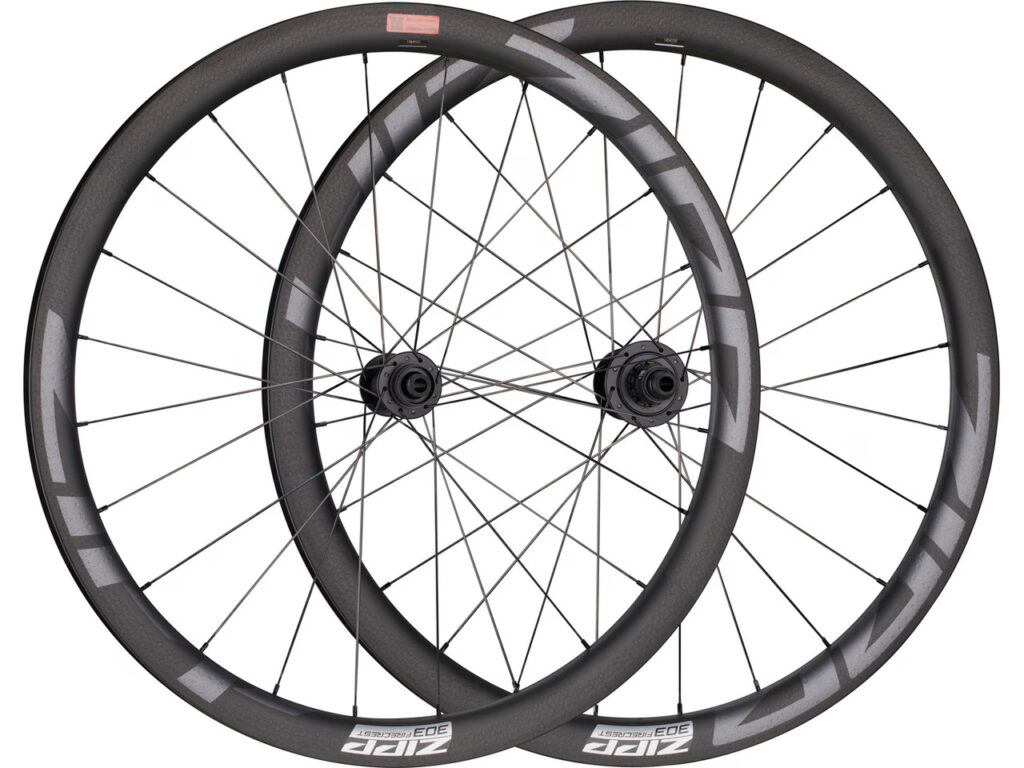
The Role of Rim Width and Tire Compatibility
One of the first lessons I learned transitioning from road and mountain biking to gravel was the importance of rim width. Wider rims support bigger tires, which are essential for gravel riding, allowing for lower tire pressures that improve traction and comfort while reducing the risk of punctures. This symbiotic relationship between rim and tire not only enhances the ride experience but also contributes to the wheel’s durability by distributing impact forces more effectively.
Spoke Insights
Spokes are the unsung heroes of wheel durability. Early in my cycling adventures, I underestimated the impact that spoke count and configuration could have on a wheel’s longevity. Gravel wheels often feature a higher spoke count than their road counterparts, enhancing their ability to withstand the variable and often unpredictable forces encountered on gravel trails. Additionally, the lacing pattern can affect the wheel’s strength and ability to absorb shocks without compromising structural integrity.
Hub Durability and Maintenance
Hubs are pivotal, quite literally, to the performance and durability of gravel wheels. Quality hubs not only ensure smooth rolling but also contribute to the overall robustness of the wheel. Regular maintenance, including cleaning and lubrication, is essential to prevent wear and tear from the grit and grime that gravel rides often entail. This was a lesson learned the hard way after neglecting hub maintenance led to a premature hub failure during a particularly remote gravel adventure.
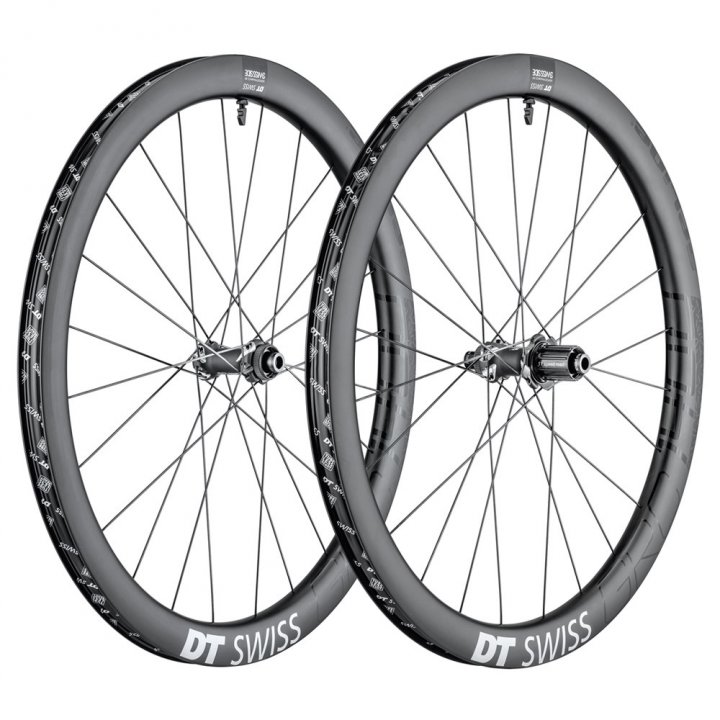
Going Tubeless for Durability
The adoption of tubeless tire setups was a game-changer in my gravel riding experience. The ability to run lower pressures without the risk of pinch flats not only improves ride comfort but also significantly reduces the likelihood of tire and rim damage. The sealant used in tubeless setups offers the added benefit of sealing punctures on the fly, a feature that has saved me from walking home on more than one occasion.
Gravel Bike Wheel Durability What You Need to Know
Throughout my cycling journey, the evolution of gravel bike wheels has been remarkable, with durability at the forefront of design and technology advancements. From personal mishaps to triumphant rides, the learning curve was steep but incredibly rewarding.
For fellow cyclists venturing into gravel riding, understanding the nuances of wheel durability can make all the difference in not just surviving the ride but truly enjoying the unique challenges and beauty that gravel biking offers. Whether you’re dialing in your setup for a local gravel grinder or preparing for a multi-day bikepacking adventure, the right wheels will carry you through.
Several brands and models consistently receive high praise for their durability, performance, and value in the gravel riding community. Here’s a look at some top contenders known for their exceptional quality:
- Zipp 303 Firecrest: These wheels are renowned for their versatility, durability, and aerodynamics. Designed for a wide range of conditions, they’re a favorite among gravel racers and adventure cyclists alike. The 303 Firecrest wheels are optimized for wider tires, making them perfect for gravel riding, offering both comfort and performance.
- ENVE G Series: ENVE’s G Series wheels are specifically designed for gravel riding, with a focus on durability, lightweight, and ride quality. Available in various rim depths to suit different rider preferences and conditions, these carbon wheels are a top choice for riders looking for high performance and reliability on gravel roads.
- DT Swiss GRC 1400 Spline: DT Swiss is known for producing some of the most reliable wheels on the market, and their GRC 1400 Spline wheels are no exception. These wheels offer a great balance of weight, strength, and aerodynamics, making them suitable for competitive gravel racing and long-distance adventures.
- Hunt 4 Season Gravel Disc: Hunt’s 4 Season Gravel Disc wheels are praised for their durability, affordability, and performance. Designed to handle a variety of conditions, these wheels are a great option for riders seeking quality performance without breaking the bank.
- Shimano GRX WH-RX570: Shimano’s entry into the gravel wheel market provides riders with a durable, reliable, and cost-effective option. The GRX WH-RX570 wheels are designed to handle rough gravel roads and trails, offering excellent performance and durability at a more accessible price point.
Each of these wheelsets brings something unique to the table, from cutting-edge carbon fiber technology to value-oriented options that don’t compromise on performance. It is best to consider factors such as the type of gravel riding you do, your weight, and your budget to ensure you get a set that matches your specific requirements.
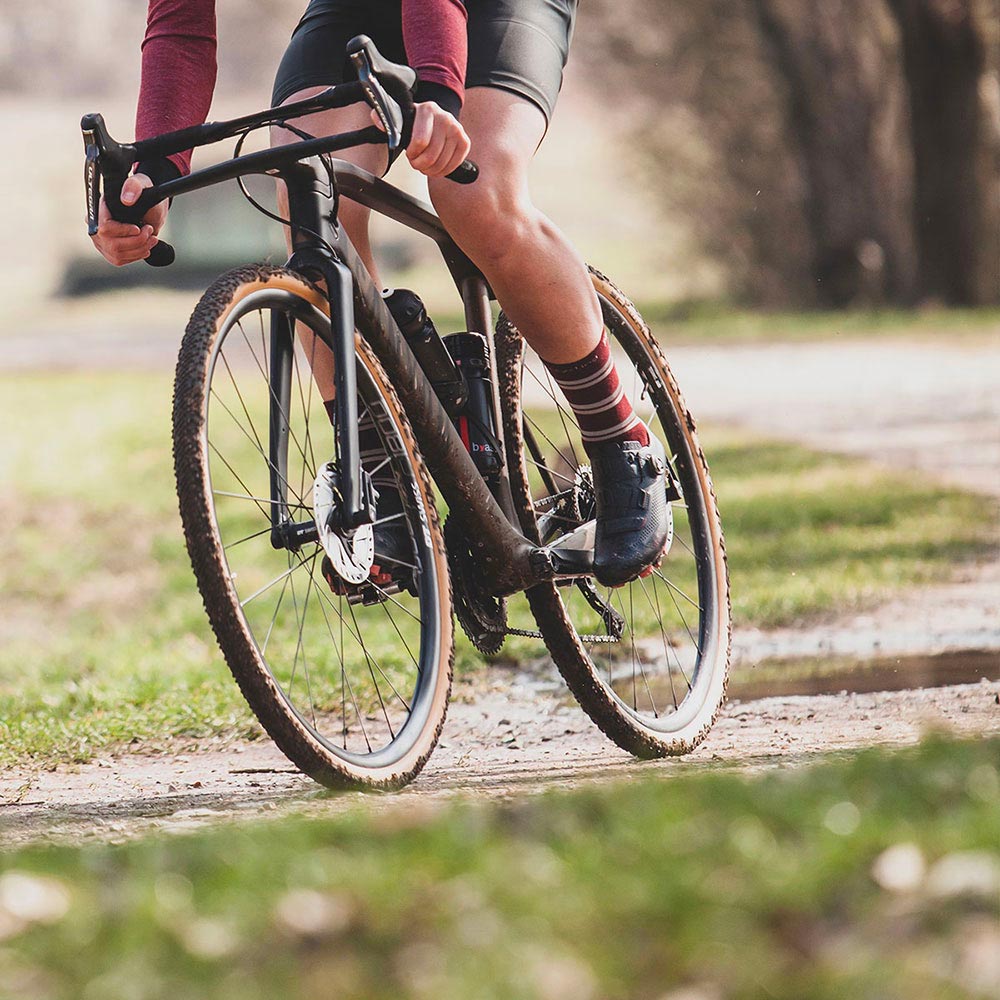
FAQ
How do I choose a gravel wheelset?
- Consider the Terrain: Select based on the typical terrain you’ll ride—rougher terrain may benefit from more durable, wider wheels.
- Rim Material: Decide between aluminum (durable and cost-effective) or carbon (lighter and can offer better vibration damping).
- Rim Width: Wider rims accommodate wider tires, which are beneficial for gravel riding for better traction and comfort.
- Tubeless Compatibility: Opt for tubeless-ready wheels for the ability to run lower tire pressures, reducing punctures and improving ride quality.
- Budget: Balance your budget with the features that match your riding style and needs.
What is the lifespan of a bike wheel?
The lifespan varies widely based on material, usage, and maintenance but can range from 1-5 years for heavy use to over 10 years for wheels that are well-maintained and used less intensely. Regular inspection and maintenance can significantly extend a wheel’s usable life.
What makes a good gravel bike tire?
- Versatility: Capable of performing well on a variety of surfaces, from pavement to dirt and rocky trails.
- Durability: Resistant to cuts, abrasions, and punctures, especially important on unpredictable gravel surfaces.
- Traction: Adequate grip for loose over hardpack conditions, with tread patterns that balance rolling efficiency with off-road capability.
- Width and Volume: Wider tires (usually between 35mm to 50mm) offer more comfort and better handling on rough terrain.
- Tubeless Ready: Ability to run tubeless for reduced puncture risk and the option to run lower pressures for increased comfort and traction.

